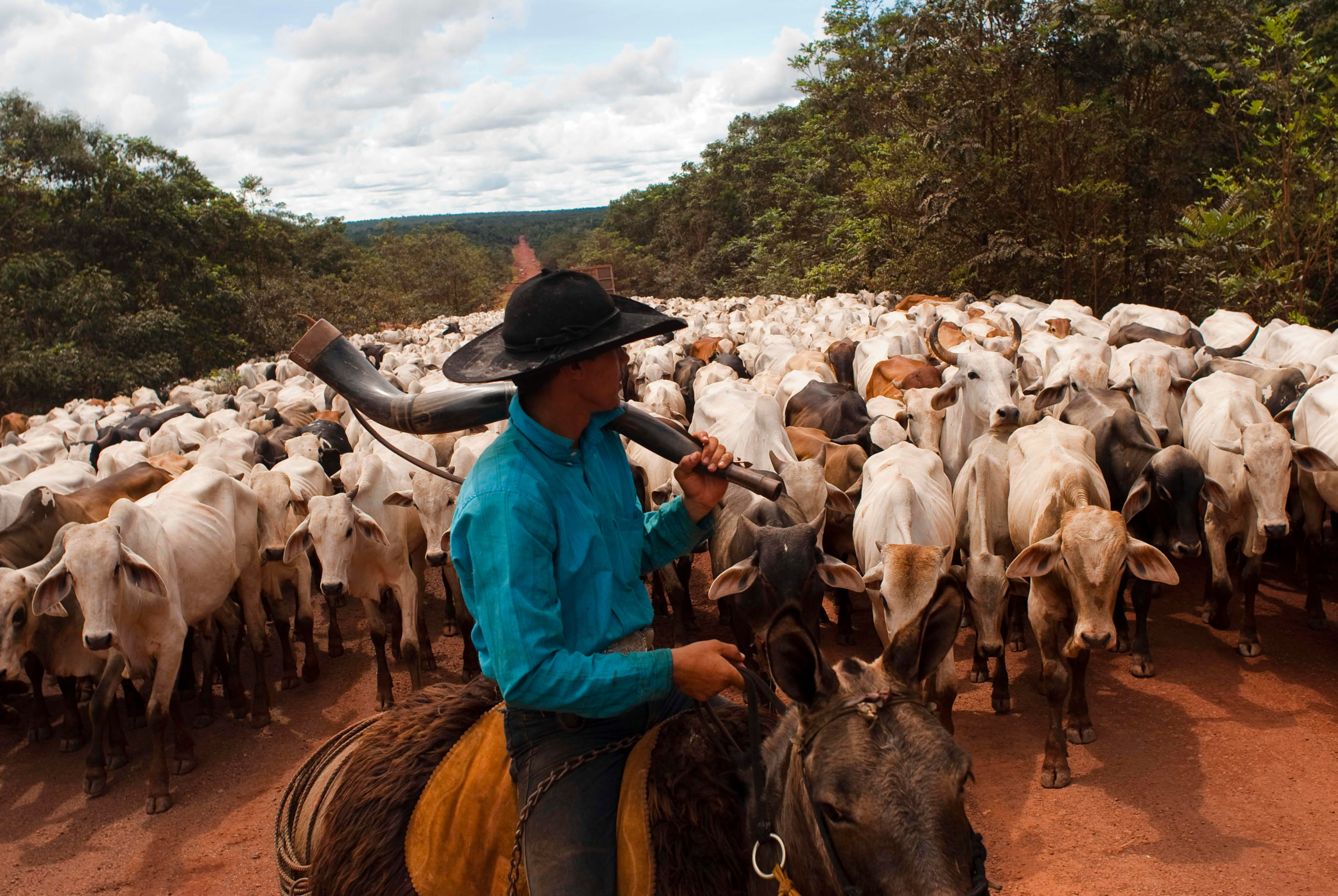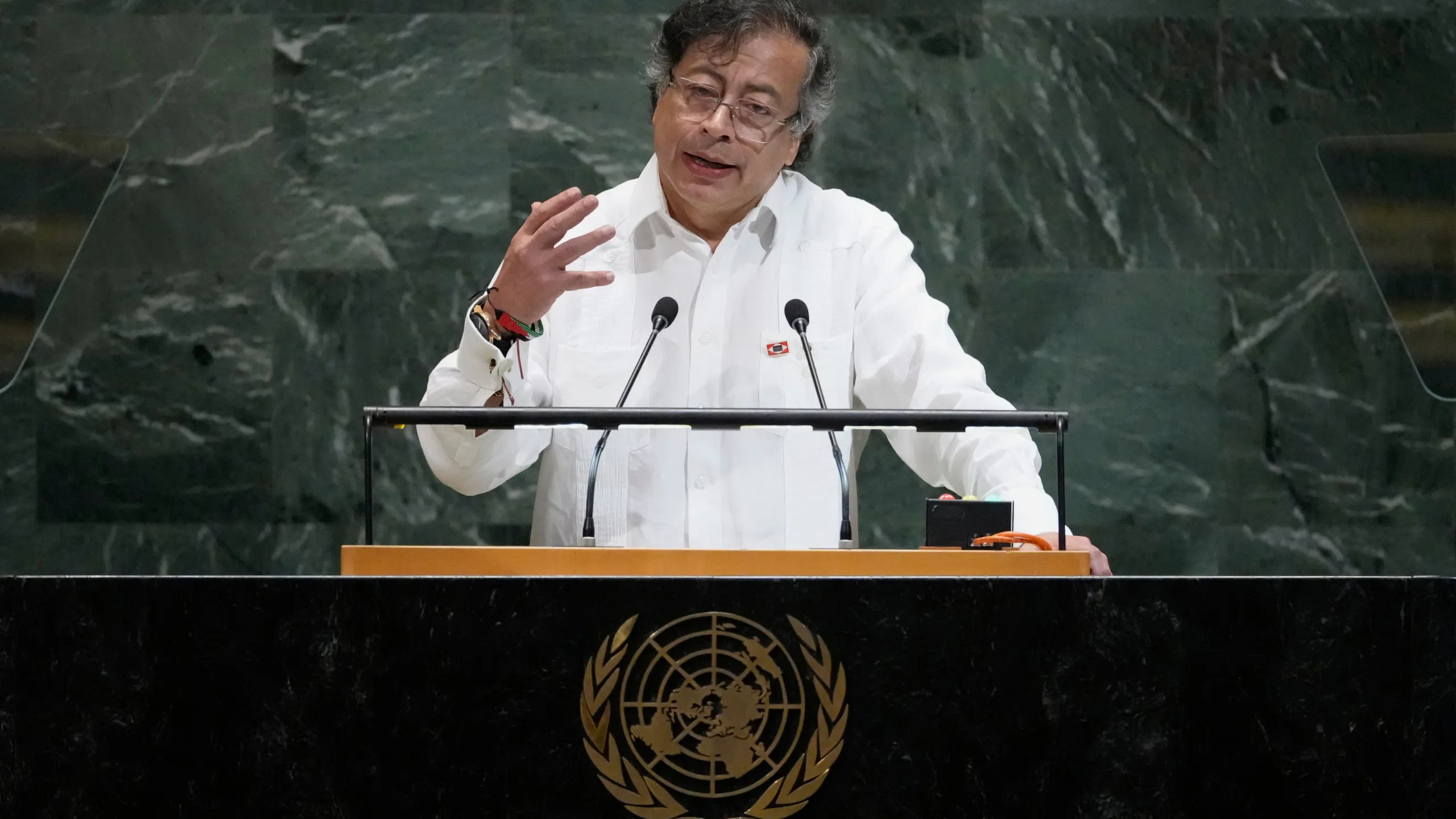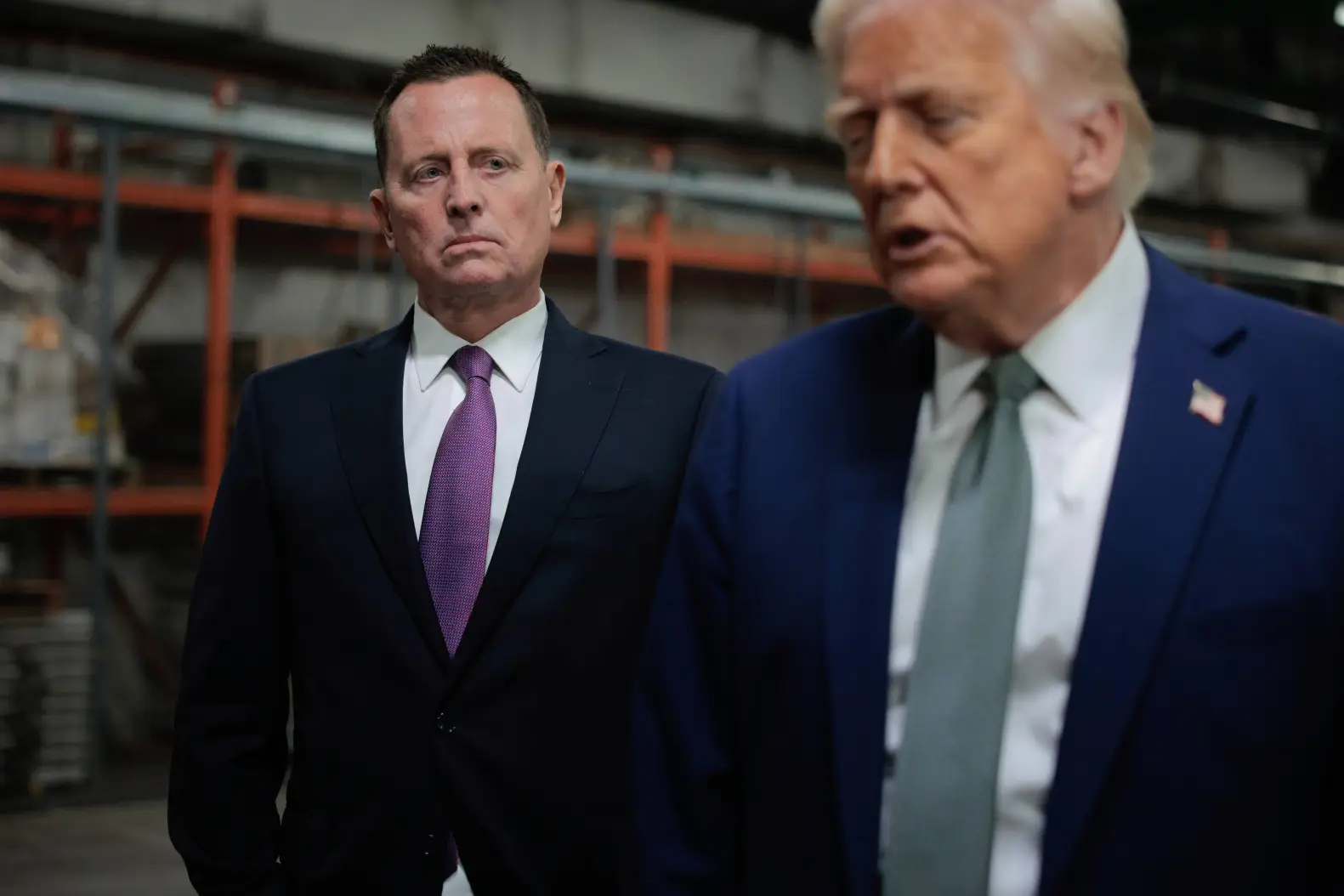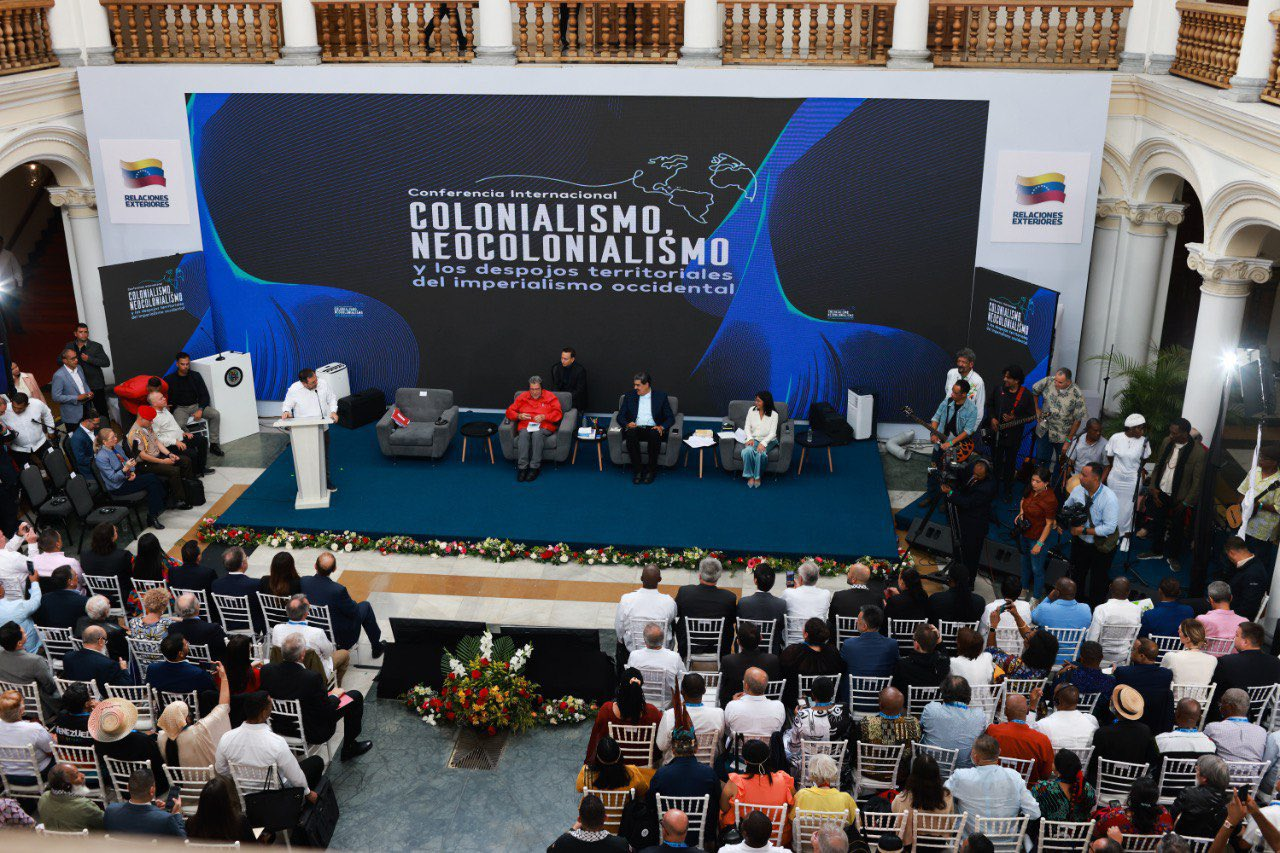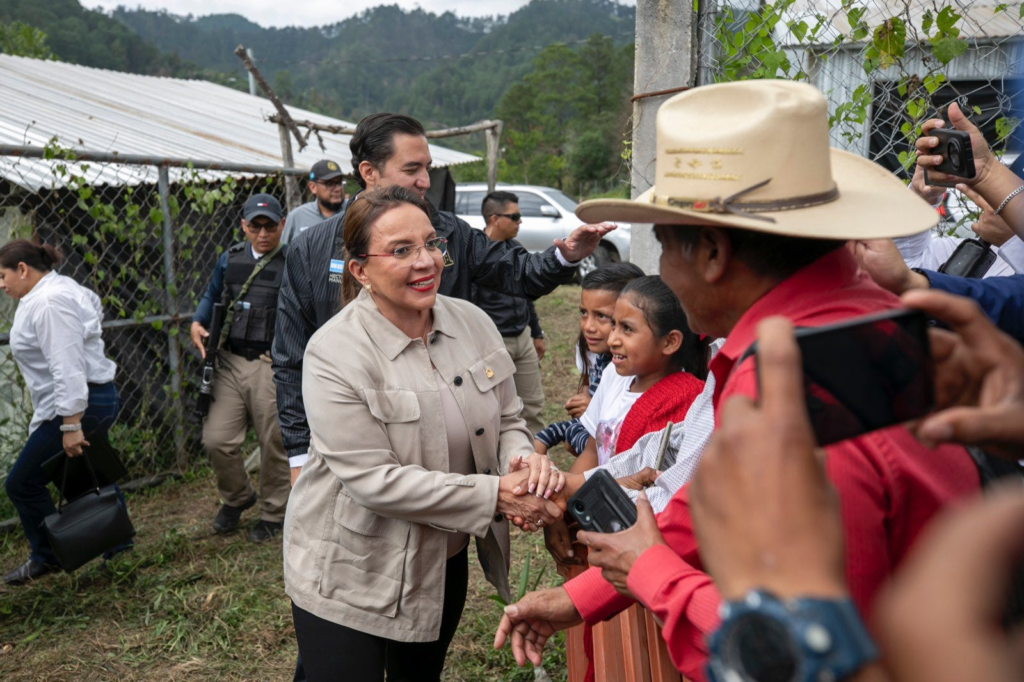The world’s largest beef exporter – Brazil – is remapping its trade flows after the Trump tariffs squash Brazilian exports to the United States.
Other beef exporters in Latin America, like Mexico and Argentina, have the opportunity to step in and take Brazil’s place.
The tariffs have helped diversify beef exports to the United States from countries like Mexico, Argentina, and Australia, as Brazil looks to other markets to export one of its main commodities.
In August, Mexico surpassed the United States as Brazil’s second-largest beef purchaser, behind China, Brazil’s largest trading partner since 2009.
The shake-up came as diplomatic tensions arose between the Trump administration and the Lula government in Brasília, when the White House accused the left-wing government in Brazil of carrying out a targeted political persecution of Lula opposition leader and ex-President of Brazil, Jair Bolsonaro.
The Trump White House responded to the “witch hunt” by imposing a 25% tariff on most Brazilian goods, until re-upping that to 50%, where the rate now stands today.
The dispute reflected spoiled relations that went beyond disagreements over trade. Recent actions by the Brazilian Supreme Court (STF) over free speech censorship of Brazilian citizens and U.S. companies operating in the South American country led officials in Washington to take a harsher tone against the liberal regime in Brazil.
The crisis in relations has split Brazil in half, stirring one of the most divisive periods in Brazilian history, as tensions with the United States have pitted the more conservative, pro-Bolsonaro elements of Brazilian politics, who have a more favorable view of the United States, against the more progressive, pro-Lula voters who resent the U.S. “intervention” in Brazilian affairs.
The freezing of Brazilian beef exports has also caused some inflationary trends in the United States, raising beef prices in U.S. grocery stores.
Brazilian influencers and social media personalities who reside in the United States have garnered views by visiting local markets and showcasing the rising beef prices to viewers.
The tariffs are already shifting trade relations in the region, as the reduced inflow of Brazilian beef into the United States creates opportunities for nations in the region to take advantage of the drop in shipments to the United States.
Brazilian exporters are confident their exports can remain stable, recognizing an appetite from Mexican and Argentinian purchasers inclined to buy Brazilian beef, then resell the product in the United States, taking advantage of the realigning of regional beef flows.

